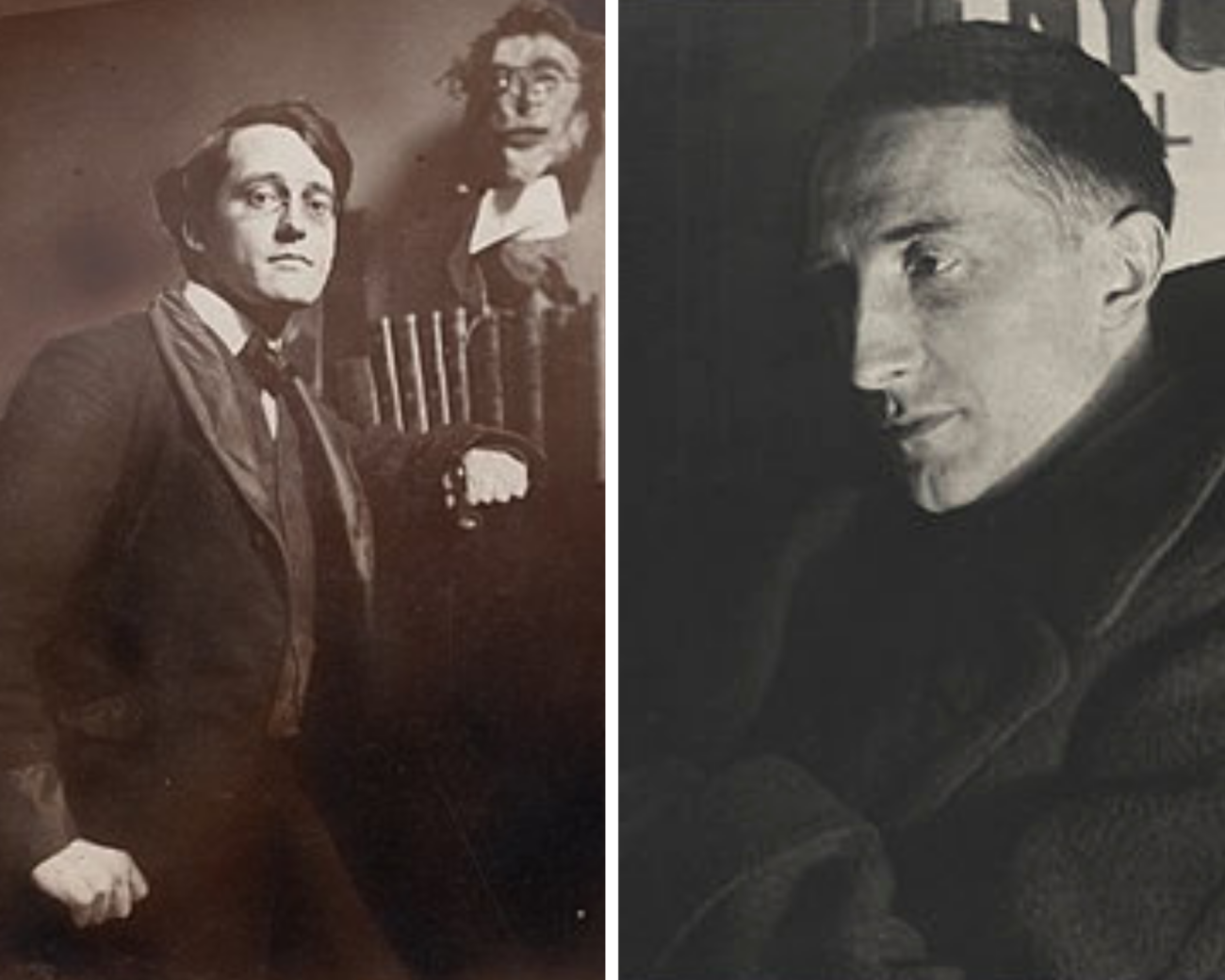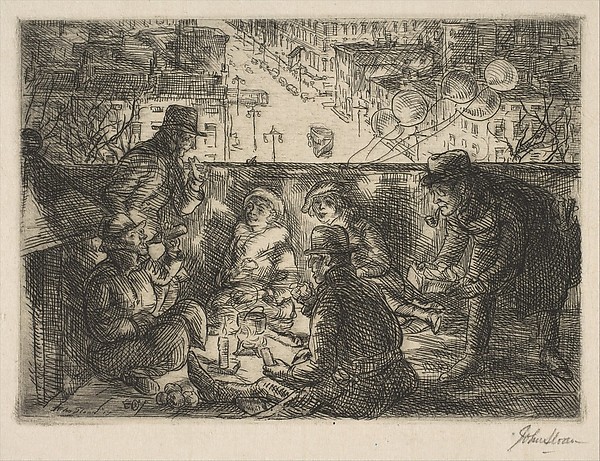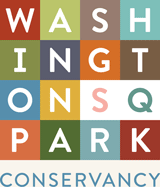The Night of the Arch Conspirators
On a chilly night, January 23, 1917, a group of Village Bohemians turned the Washington Square Arch into an unlikely stage for creativity, camaraderie, and quiet rebellion. Led by poet Gertrude Drick, an eclectic group of artists and actors—including painters John Sloan and Marcel Duchamp, along with Provincetown Playhouse performers Russell Mann, Betty Turner, and Charles Ellis—embarked on a whimsical yet pointed escapade.

Finding their way into the Arch’s interior, the “Arch Conspirators,” as they styled themselves, ascended the spiral staircase to its summit. There, high above the streets of Greenwich Village, they transformed the space into their temporary domain. Blankets were spread, Chinese lanterns hung, and red balloons tied to the parapet swayed gently in the night breeze. The group sipped tea, shot off cap pistols, and engaged in spirited conversation until dawn broke over the city. Their gathering culminated with a bold proclamation: a “Free and Independent Greenwich Village.”
Thanks to the etching of painter and conspirator John Sloan, this remarkable night has been preserved in vivid detail. Sloan’s artwork, titled Arch Conspirators, captures not just the revelry but the essence of a Village that thrived on self-expression and defiance of convention. Over a century later, this audacious event remains a symbol of the creativity and spirit that defined Greenwich Village during its Bohemian heyday.

While climbing the Arch will draw less admiration today (and certainly a stern chat with park officials), the passage of time allows us to see the Conspirators’ actions through a romanticized lens. Their evening was not merely an exercise in merriment; it was a peaceful protest. Against the backdrop of a nation teetering on the edge of entering World War I, the Arch Conspirators used their elevated perch to voice opposition to the increasingly militant direction of U.S. foreign policy.
The Conspirators’ impromptu fête was emblematic of the cultural renaissance that was sweeping through the Washington Square neighborhood in the early 20th century. By 1917, Greenwich Village had become a magnet for artists, writers, and intellectuals from across the country. The Square buzzed with the energy of a burgeoning Bohemian community that championed causes ranging from labor rights to pacifism to women’s suffrage.
Washington Square Park, with its iconic Arch and open expanse, was the heartbeat of this neighborhood—a meeting place for wealthy families, immigrant communities, and the avant-garde. It was here that ideas flowed freely, alliances formed, and movements gained momentum. The Arch Conspirators’ gathering wasn’t just an isolated act of rebellion; it was a reflection of the park’s role as a sanctuary for free expression and creative exploration.
Today, 108 years later, Washington Square Park continues to bring people together. While picnics (and protests) should remain firmly on the ground, the spirit of the Arch Conspirators lives on. The park remains a space where ideas are exchanged, creativity flourishes, and diverse communities intersect—just as it was on that fateful January night in 1917.
